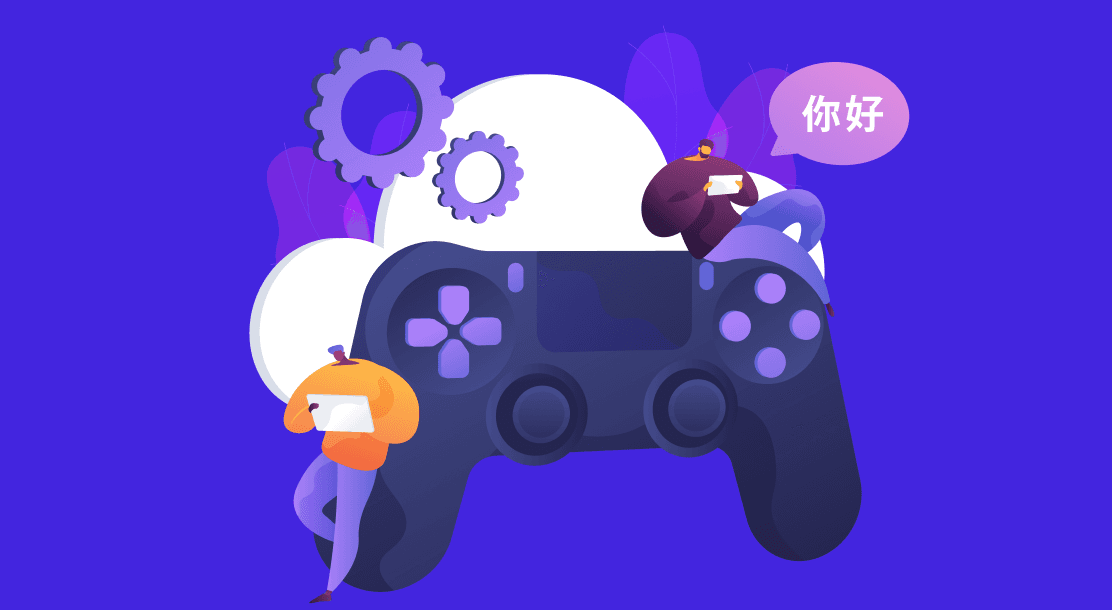
Mobile games have become extremely popular in recent years, with people of all ages and backgrounds playing them on their smartphones and tablets. However, many of these games are only available in English, which can be a barrier for players who don’t speak the language.
That’s where mobile game translation comes in. By translating these games into other languages, you can make them more accessible to players around the world. Good mobile game translations can help promote cultural understanding and communication and bring people together through the power of play.
It can be pretty challenging to build a great mobile game translation strategy. Read on to find out how you can do so and 6 points to consider before translating.
How to Build a Mobile Game Translation Strategy
When it comes to mobile games, localization is the key to success in global markets. Simply translating your game into different languages is not enough – you need to tailor the game experience to each local market. This process is known as localization, and it’s essential if you want your game to succeed in different countries.
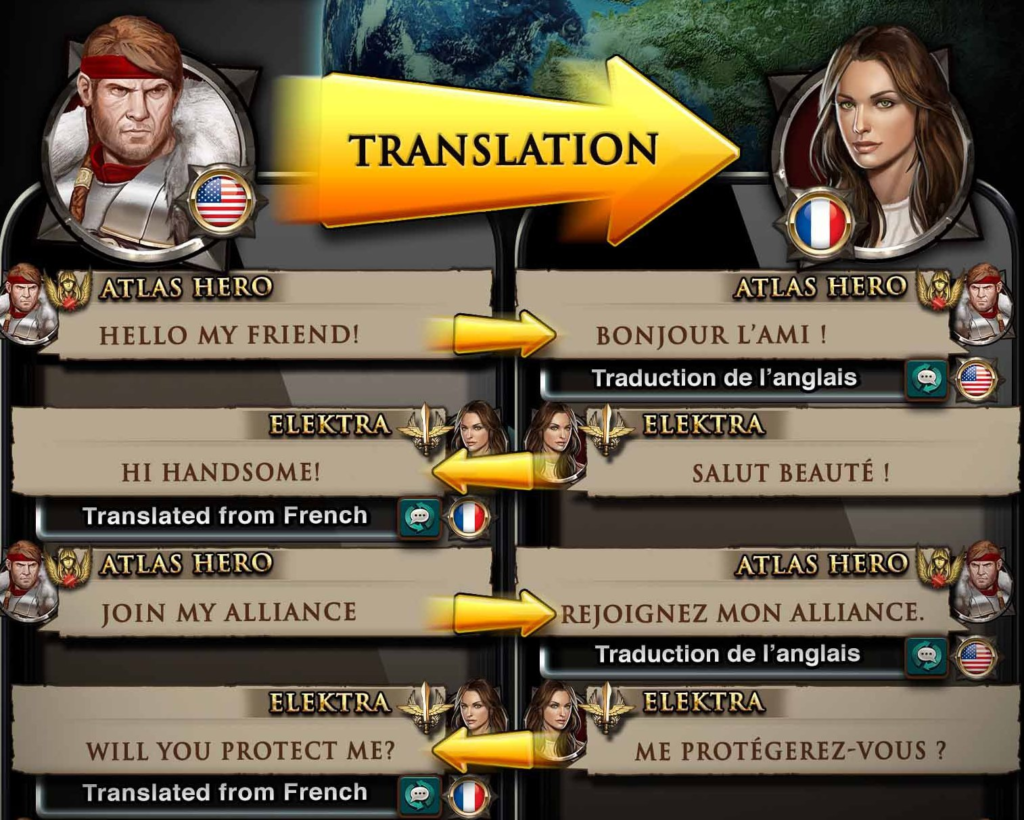
Localization is the process of translating your game into different languages, and it’s essential if you want to reach a global audience. With a solid localization strategy in place, you’ll be well on your way to success in the global mobile gaming market.
Make sure to choose suitable languages after research and analysis. After that, you can hunt for the best mobile game translators with expertise in your language. Before investing in a mobile app language translator for games, you must consider several parameters.
6 Things to Remember Before Investing in Mobile Game Translation
When it comes to mobile game translation, there is no one-size-fits-all answer. The best translation will depend on the specific game and target audience. Cultural localization and graphics representation can also play a significant impact on the success of the game.
Before investing in mobile game translation, you should keep a few things in mind. This article will share six things you need to remember before deciding to translate your game.
1. The right language
When it comes to game translation, some languages are more popular (and more profitable) than others. Make sure to research the demographics of your target market and choose languages that are spoken by a large portion of that market.

When deciding which languages to translate your game into, you should consider a few things. First, you’ll want to consider which languages your target audience speaks. You’ll want to translate your game into the most popular languages like French, Italian, German, Korean, and Chinese to reach a global audience. However, if you’re looking to target a specific region, you’ll want to focus on translating your game into the languages spoken in that region.
2. Translation quality
The quality of your translation is essential. A bad translation can turn potential players away, so invest in a high-quality translation. The impact of language can be somewhat underrated in mobile game experiences, but it does show up in the success rates. The phrases used should have proper context and also an excellent cultural reference.
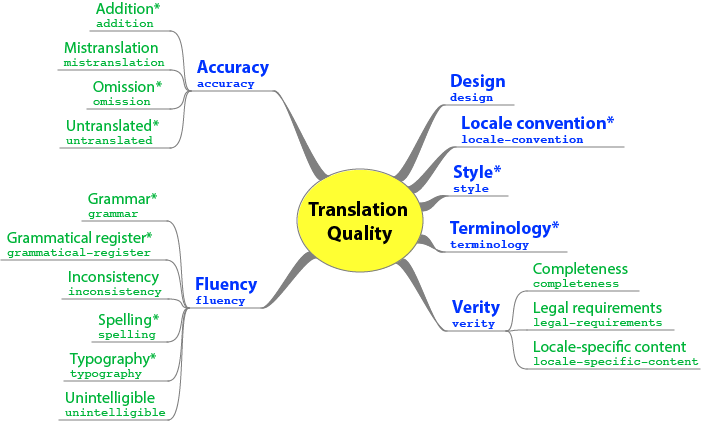
Let’s take the example of jokes often built around a cultural context to have an instant connection with the audience. If jokes are used in the script, make sure they make sense in the respective language. A German joke may seem mundane in an Indian setup. So, if you need to translate a mobile game from German to Hindi, make sure that the cultural references are accordingly modified.
3. Simple content
Keep the text simple and easy to understand. This is essential because any complicated sentence often runs the risk of being misinterpreted. In the case of in-app translations, you are dealing with a big audience with varying degrees of intellectual capacity. Keep your sentences short and crisp to avoid any confusion. The simple language will help the players enjoy the game without losing focus.
This point goes not only for the player script but also for the UI/UX experience. Every step should be easy for every player, so that they can move forward in the game without any pauses.
4. Hire a professional
Always hire professional translators. Don’t try to save money by using automatic translation tools or hiring amateurs. AI translation tools may have seen a rise, but they won’t give you accurate results based on your mobile game context.
If your game is successful, you need experienced language experts who know the translation language, including cultural references. Go for mobile game translators who have been doing it for a while.
5. Remember the graphics and tone
Let’s not forget that the game’s graphics and tone are essential in building the context. Many a time, translations may ignore what is happening in the game. This can lead to inconsistencies in the script and confuse the players. Make sure the translation fits the game’s overall style.
For example, if it’s a rough, action game – the language will be coarse, and the graphics may represent a street culture heavy in colloquialism. On the other hand, if it’s a game about fashion and styling, the language will be more urban with a sophisticated flair. Again, this will depend on different cultures and the game’s entire storyline.
6. Testing is crucial
Always test your game in multiple languages before you release it to the public. This will help you catch any errors in the translation and ensure that the game is playable in all languages. You will also be able to see how your audience is interpreting the game.

Are they getting the critical information as you planned? Is there any point that is getting them jumbled up? How can you simplify the game further? Look out for glitches in time zones and location references that fit the setting of your target audience. Answering these questions through testing will help you level up your mobile game. It will ensure that every player is enjoying it; hence, the game will reach a larger audience.

In the End
Mobile game translation is a game changer in the mobile app industry. Games are fun, but it can be a buzzkill if the language used in them is not localized and well-researched in relevance to the location they are played in.
Now that you know the six steps to consider in mobile game translation, get it done as soon as possible.
FAQs
The translation should capture the original meaning of the game and convey it to the player in an understandable way. Additionally, it should be faithful to the tone and style of the original game. And finally, it should be localized for the specific culture and audience for which the game is being translated.
The answer to this question depends on several factors, including your target market and available resources. Some of the most popular languages for game translation are English, French, German, Spanish, Portuguese, Russian, and Japanese. If you’re unsure which languages to choose, you can always ask your players which languages they want to see your game translated into.
While it will make your game more accessible to a wider audience, it will also help you to reach new markets and boost your bottom line. Automatically, your mobile game will be more successful and create better revenue.
First, you’ll want to find a translator familiar with the mobile gaming industry and the specific language you’re looking to translate your game into. You can hire freelancers or go for professional translation services.
Latest Blogs
Explore how Google’s 2025 AI search updates triggered ranking chaos. Learn actionable strategies to adapt your SEO for AI Overviews, zero-click searches, and SERP volatility. Stay ahead now.
Learn how to rank on AI search engines like ChatGPT, Perplexity, and Gemini by optimizing your content for authority, structure, and relevance. Stay ahead in AI-driven search with this strategic guide.
Explore the best healthcare SEO services for your medical practice. Improve online visibility and effectively reach more patients in need of your services.
Get your hands on the latest news!
Similar Posts
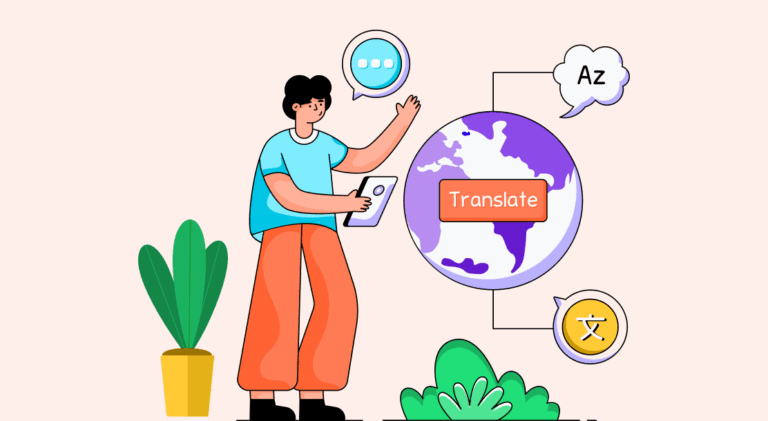
Translation
5 mins read
All You Need to Know About Language Translation and Terminology Management

Translation
5 mins read
6 Reasons to Translate Content into German
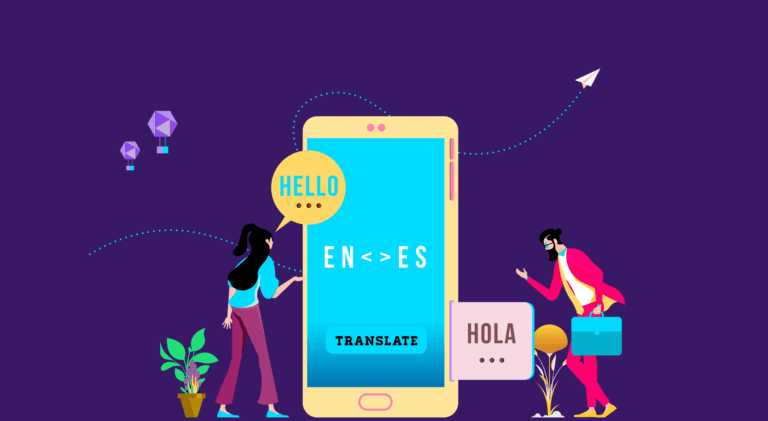
Translation
5 mins read